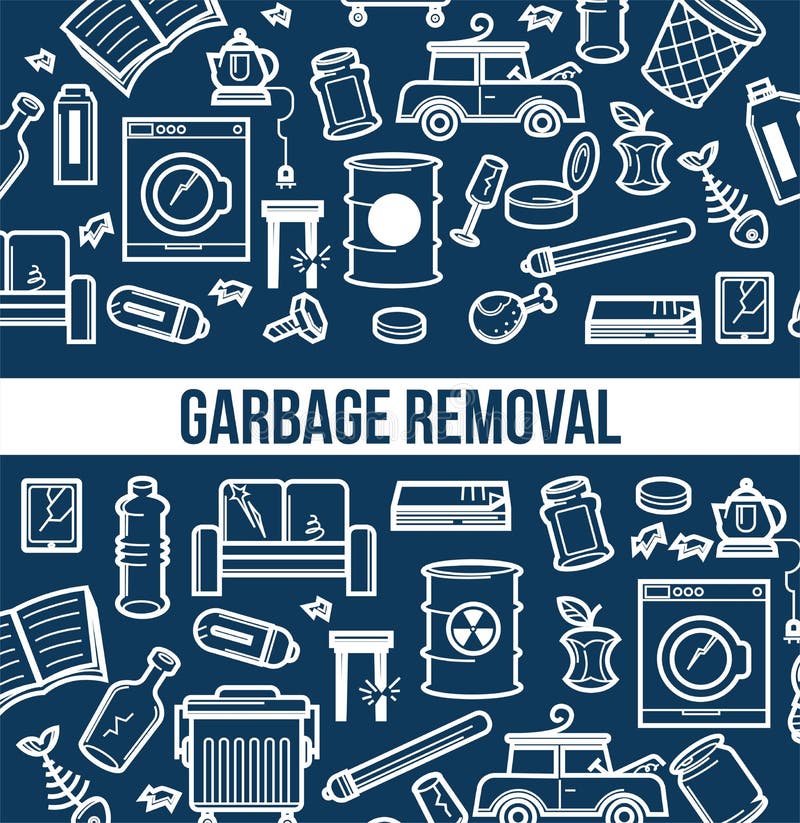As you consider the evolution of dumpster rental, consider just how each age has added to forming the waste administration landscape we browse today. From simple starts in the 1930s to the innovative technologies of today, the journey of dumpster leasing has been marked by innovation and adaptation. But what rests on the horizon for this crucial solution? The future fads in sustainable techniques hold the secret to opening a much more efficient and eco-conscious strategy to waste monitoring. Remain tuned to discover just how the dumpster leasing market is poised to accept a greener tomorrow.
Historic Roots of Dumpster Rental
Discover the beginnings of dumpster leasing and how it has shaped waste monitoring practices over time.
Dumpster rental traces back to the 1930s when George Roby Dempster, a Tennessee entrepreneur, created the Dempster-Dumpster. This pivotal creation reinvented waste disposal by offering an assigned container for collecting and delivering garbage efficiently. Initially used for construction websites, the idea promptly increased to property and business setups, resulting in the establishment of the initial dumpster rental services in the 1960s.
Throughout the years, dumpster rental has actually dramatically influenced waste administration methods by advertising benefit, sustainability, and organization. The capability to streamline waste in devoted containers streamlines collection procedures, minimizes littering, and boosts recycling initiatives. In addition, dumpster leasing encourages individuals and services to take on liable garbage disposal routines, adding to cleaner atmospheres and reduced ecological effect.
Modern Innovations in Waste Management
Including advanced technologies and sustainable techniques has transformed waste administration in the last few years, improving performance and ecological influence. One substantial technology is making use of wise waste administration systems that employ sensors to keep track of waste levels in real-time, enhancing collection routes and routines. These systems help in reducing unneeded pickups, lowering gas intake and discharges.
Another modern-day improvement is the implementation of waste-to-energy centers, where non-recyclable waste is exchanged energy through procedures like incineration or anaerobic food digestion. This not just reduces the quantity of waste predestined for landfills yet also generates renewable resource.
Moreover, the introduction of single-stream recycling has simplified the recycling process for customers, bring about greater participation rates and greater diversion from landfills. Additionally, https://inhabitat.com/now-you-can-live-in-a-dumpster-for-1200-a-month-or-200-a-night/ in composting modern technologies have made natural waste administration a lot more efficient, transforming food scraps and backyard waste into valuable garden compost for farming usage.
Anticipated Trends in Lasting Practices
Sustainable waste monitoring practices are developing rapidly to meet the enhancing demands for ecological duty and resource effectiveness. As you look to the future, several vital trends are anticipated to form the sector. One major focus will get on decreasing waste generation via far better product style and product packaging. try this out will increasingly adopt round economy concepts, intending to decrease waste and maximize the lifespan of products.
An additional pattern to watch for is the rise of innovative recycling technologies. Technologies in chemical recycling and pyrolysis are anticipated to provide brand-new services for managing complicated or polluted waste streams that traditional recycling methods struggle to refine efficiently. These modern technologies have the possible to change how we manage waste, turning difficult-to-recycle materials right into important resources.
In addition, anticipate to see a greater emphasis on organic waste diversion. Composting programs and anaerobic food digestion centers will become more extensive as neighborhoods make every effort to reduce the quantity of raw material sent out to landfills. By investing in these lasting practices, we can move in the direction of an extra round and resource-efficient waste monitoring system.
Conclusion
In conclusion, dumpster leasing has come a long way given that its creation in the 1930s. From its humble beginnings on building and construction sites to its extensive usage in household and business setups, the sector has actually continuously advanced to meet the changing demands of waste monitoring.
With the introduction of modern-day advancements and a focus on lasting techniques, the future of dumpster leasing looks promising, with a solid emphasis on efficiency, environmental obligation, and technology.
